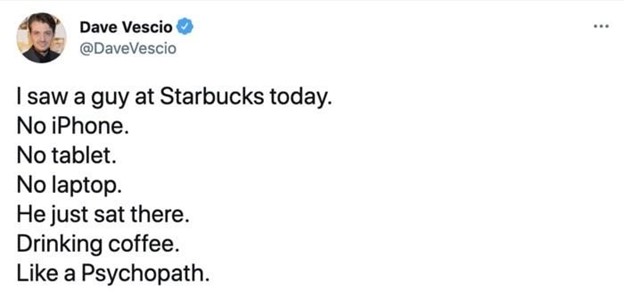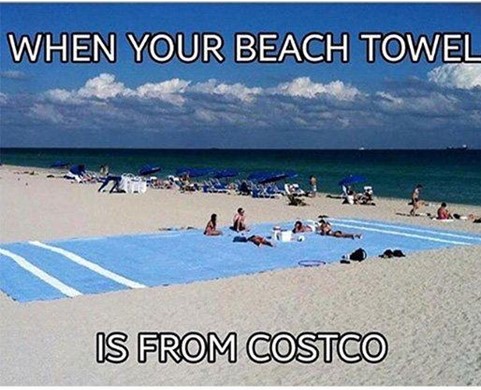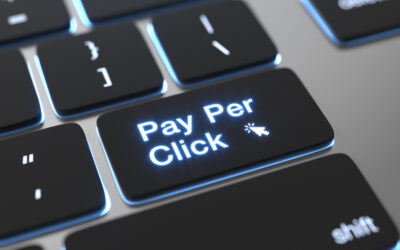“Memes just show that people are engaged about something. A meme is just a little inside joke for a group of people that care about a certain thing.” – Anthony Fantano
Meme marketing is a fun and effective technique for boosting content exposure online. Memes are humorous culturally linked images, videos, or text posts designed to go viral and be shared across social media platforms. When used correctly, meme marketing can help your business reach a wider audience and create more brand awareness. This blog discusses how to develop and use memes to promote your content effectively.
What is a Meme?
The term meme was introduced in 1976 by British evolutionary biologist Richard Dawkins. He conceived memes as the cultural parallel to the passing of biological genes from one generation to the; next similar to biological reproduction. In short, means are a way of transferring culture from person to person.
Wikipedia describes memes as ideas, behaviors, trends or styles that spread utilizing imitation from person to person within a culture and often carries symbolic meaning representing a particular phenomenon or theme. Memes act as a vehicle for delivering cultural ideas, symbols, or practices that can be transmitted from one mind to another through writing, speech, gestures, rituals, or other imitable phenomena with a mimicked theme. (Wikipedia)
What is Meme Marketing?
Meme marketing is where brands take popular memes and adjust the text statement to be more relevant to a brand while maintaining the humor and retaining the original meme message and characteristics.
Meme marketing takes advantage of ideas and transposes them into promotional content and narratives. In this context, memes are most effective and memorable if they are funny and casually connect with their intended audiences. Meme marketing aims to encourage idea sharing, and social media engagement amongst brands and consumers. The more shareable and relevant memes are to your audience, the more attention they will garner.
People often view memes as amusing images, clever captions, or popular images. However, memes often express things we think but cannot or should not say. Hence, memes help communicate insights about a product, service, or brand in ways that are tactful and that traditional advertising cannot. This is why meme marketing continues to grow and evolve in its use by consumers and businesses.
The Relationship between Memes and Social Media
Memes are thoughts communicated through images or videos representing a specific audience’s feelings. Thus, in many ways, memes and social media complement each other. For instance, on a conceptual level, social media and memes are about connecting with people over the internet. Social media platforms provide the vehicle for rapid communication, while memes express vital ideas and messages; quickly and cleverly.
Note: memes do not always have to be funny; they can be thought-provoking and insightful.
What makes a meme successful?
Similar to viral marketing, a meme is successful when it connects to the right audience and spreads quickly from person to person. A popular meme will pass through four distinct lifecycle stages (University of Brussels):
-
- Assimilation: an individual receives the meme and thereby becomes the “meme host.”
- Retention: the host remembers the meme’s intended idea or concept
- Expression: the host shares the meme in conversation, behavior, or another form of communication with friends, coworkers, colleagues, or social media.
- Transmission: the message transmission becomes the meme vehicle, and the process repeats starting with stage one.
Five Tips & Lessons from Established Organizations
-
- Memes are a relatively new trend in the realm of advertising and promotion. Various companies have started using memes to market products, services or a brand name.
- Memes allow brands to better relate to their target audience. For example, a meme can create a lighthearted and fascinating atmosphere for communication.
- Marketers can no longer rely solely on television and print ads for marketing. These traditional mediums are being replaced by social media’s broad appeal. As a result, memes have emerged as an effective tool for spreading promotional messages in non-traditional platforms.
- Social media provides a low cost channel for executing (meme) marketing strategies by large and small businesses. Working with the meme community enables a company to build strong connections with a broad range of consumers.
- Memes are strongly linked to real-time trends and therefore they have a very short life cycle. Marketers must remain agile, alert and be ready for meme opportunities when they present themselves. The right meme at the right time can lead to a viral trend!
Which demographic do memes appeal to?
Younger audiences are typically the groups sharing and enjoying memes, usually Gen Z and younger Millennials. This is because memes are incredibly popular with a younger audience, who will likely know the original meme and its variations. Therefore, brands speaking to a young audience can use memes almost like an inside joke, knowing their audience will get it.
- 38% of young adults follow meme accounts on social media, and almost (YPulse)
- 55% of consumers in the age bracket of 13-35 send memes every week.
Examples of Successful Memes used in Content Marketing Campaigns
Netflix
This meme refers to binge watchers not having enough to escape the temptation of watching the next episode of a series.
Starbucks
In general there are two types of Starbucks consumers. Those who order coffee to go, and those who order coffee to stay and read, do work; usually using a device, ie: phone, laptop, tablet, etc. It would be unusual to see a customer order a coffee, stay at Starbucks and only consume their beverage.
Costco
This meme refers to the large volume of goods available at Costco.
Five principles to keep in mind when designing your meme ads.
-
- Do not post memes that you do not understand
- Connect and align memes to your brand
- Keep the memes positive, avoid being offensive
- Participate in meme challenges
- Don’t go overboard; often simple is best
Why do Memes have a short shelf-life?
Memes get instant recognition, and associations are strong. However, they are short-lived and don’t last too long in the memory of consumers. New memes are soon replaced by newer memes that are created every second; old ones are phased out quickly. So it’s best not to expect memes to make a lasting impression or use them as a long-term strategy.
Meme marketing is a powerful way to connect with your audience. It’s fun, cost-effective, and can spread your message in various ways. Remember to keep your memes relevant, funny, and unique. Also, tracking the results is vital to see how well your memes are performing. If you can do all that, your memes will become essential to your marketing plan. Finally, staying ahead of the curve by keeping up with the latest trends, will benefit your efforts significantly. Ready to get started?
Thank you for reading our article!
#TimeWellScheduled is a secure, online time and attendance software that is 100% tailored to meet your scheduling needs! In addition, #TimeWellScheduled facilitates employee attendance tracking & payroll tasks and enhances staff management capabilities. Plus, our service is free for up to 10 employees!
Click: here to download our (Excel) employee scheduling template; IT’S FREE!








